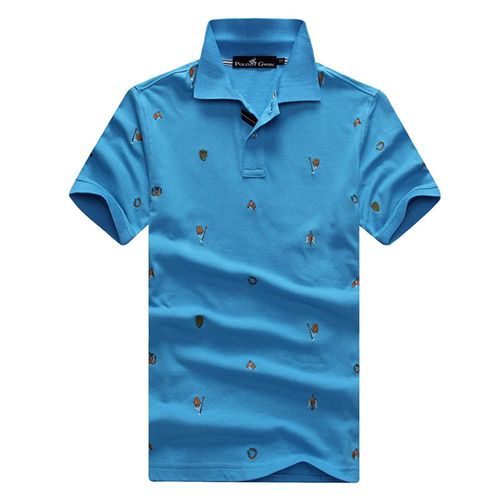Calico and jacquard are two common textiles with different production processes and effects. Below I will detail the differences in how calico and jacquard fabrics are made.
1. The production process of printed cloth:
Calico is a processing method by printing dyes or pigments on fabrics . The production process mainly includes the following steps:
1.1 Design pattern: First, the designer creates the required pattern design based on demand and market trends. Design patterns can be drawn using computer software and confirmed through proofing.
1.2 Plate making: Make a printing plate according to the design pattern. Printing plates can be produced by hand engraving, chemical etching, exposure of photosensitive materials, etc.
1.3 Paint preparation: Prepare the corresponding paint according to the selected printing process and dye type. Paints can be water-based, oil-based, solvent-based, etc.
1.4 Printing operation: Bond the printing plate to the fabric, and use a roller or printing machine to print dye or pigment on the fabric. Lithographic printing, transfer printing, screen printing and other methods can be used.
1.5 Color fixation treatment: After printing is completed, color fixation treatment is required to ensure that the dye is firmly attached to the fabric and has good durability.
2. The production process of jacquard cloth:
The production of jacquard cloth involves a special weaving technology. A machine (also called a loom) jacquards the design onto the fabric. The main steps are as follows:
2.1 Design the jacquard pattern: Similar to printed cloth, the designer first needs to draw the required jacquard pattern based on demand and market trends. .
2.2 Knitting preparation: The jacquard machine needs to be equipped with corresponding knitting needles or jacquard shuttles, and the knitting parameters should be set according to the design pattern.
2.3 Knitting operation: Load the yarn into the loom, set the relevant parameters of the knitting machine according to the design pattern, and control the operation of the jacquard machine to make the yarn Knit according to the design pattern.
2.4 Post-processing: After the jacquard fabric is weaved, post-processing may be required, such as finishing, washing, ironing, etc., to make the fabric smoother and softer .
The production processes of printed fabrics and jacquard fabrics are different, which also leads to differences in their appearance and feel. Printed fabrics usually have bright, three-dimensional patterns, while jacquard fabrics are known for their exquisite relief and texture. In addition, due to different production processes, printed fabrics are more free and flexible in design and can achieve complex and diverse patterns, while jacquard fabrics are more restricted in pattern design.
I hope the above answers can meet your needs. If you have further questions, please feel free to ask.








